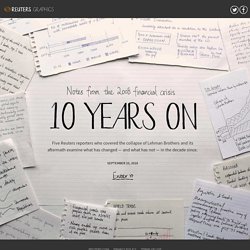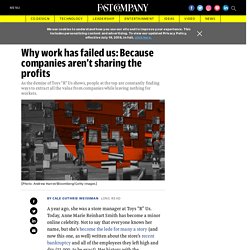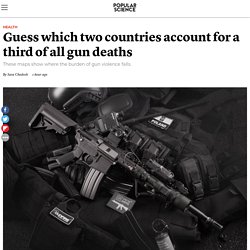

What to say when a job interviewer says, 'Tell me about yourself' While you may think it's best to stick to a script, you should also add a bit of personality to your answers.

"Your interviewer is hoping to hear who you really are," Welch says. "They want to see if you'll fit in, culturally. " For example, Welch says that if she was interviewing for a job as a journalist, she would start her answer by saying, "I was born in Portland, Oregon, and I come from a big, crazy and generally happy Italian family. But for the purposes of this job, I began my life as a writer at my high school newspaper. " One or two small details that show you are self-aware, empathetic or any other positive trait you're hoping to demonstrate can go a long way. "Use this opportunity to actually say something like, 'The one thing that doesn't show up on my resume is my values,'" Welch suggests. Jot down notes on what you'd like to convey about yourself in your answer.
"Be prepared," Welch says. The real story of the 2008 financial crisis — and the decade since — from 5 reporters who covered it. Five Reuters reporters who covered the collapse of Lehman Brothers and its aftermath examine what has changed — and what has not — in the decade since.

Eu.usatoday. According to an annual World Wealth Report.

Time Americans can calculate if they are lower, middle or upper class by using Pew Research Center’s updated calculator. The interactive asks for state, metropolitan area, household income before taxes and number of people within a household to determine people’s “income tier.” Pew uses government data as recent as 2016 to calculate results. A couple with a household income of $100,000 in New York is considered middle class whereas the same couple making the same amount in El Paso, Texas is considered in the upper income tier. Users can also compare themselves to other Americans by selecting the level of education, age, race/ethnicity, and marital status. Pew’s calculator was released the same day the nonpartisan fact tank published an analysis suggesting middle class households are falling farther behind the wealthy. More: Income disparity: US middle class falling farther behind the wealthy, Pew report claims.
Toys "R" Us, private equity, and stagnant salaries. A year ago, she was a store manager at Toys “R” Us.

Today, Anne Marie Reinhart Smith has become a minor online celebrity. Not to say that everyone knows her name, but she’s become the lede for many a story (and now this one, as well) written about the store’s recent bankruptcy and all of the employees they left high and dry (33,000, to be exact). Her history with the company–as well as the way it unceremoniously dropped her and thousands of others–hints at a larger narrative about how the intersection of business and labor have changed over the years. “I worked there for 29 years,” Smith tells me. She had been at the toy store through good times and bad, rising from human resources manager to store manager. Smith was shocked. How private equity discards workers for profit When I talked to Smith, she bluntly described the days that led to her losing her job. This is how the entire private equity system works. Stagnating salaries versus skyrocketing stock markets Driving down wages.
Consent Form. In 2016, firearms killed approximately 251,000 people worldwide.

More than half of those deaths occurred in just six countries, all of which are in the Americas. Perhaps more stunningly, about a third of them occurred in two countries: Brazil and the United States. These statistics come courtesy of the first global tally of firearm deaths, which estimated numbers for 195 countries, broken down by homicides, suicides, and accidental fatalities. Compiling a massive database like this is necessarily an estimate, because it involves combining data from census records, surveys, police records, and autopsy reports, among other sources. Every country keeps records slightly differently, so in order to compare across the entire world, researchers have to finagle the data a bit.
This is all part of the Global Burden of Diseases, Injuries and Risk Factors Study for 2016, a project from the Institute for Health Metrics and Evaluation. The solutions vary just as much.
On Flipboard. Health. Accreditation. Transportation. Personal information.